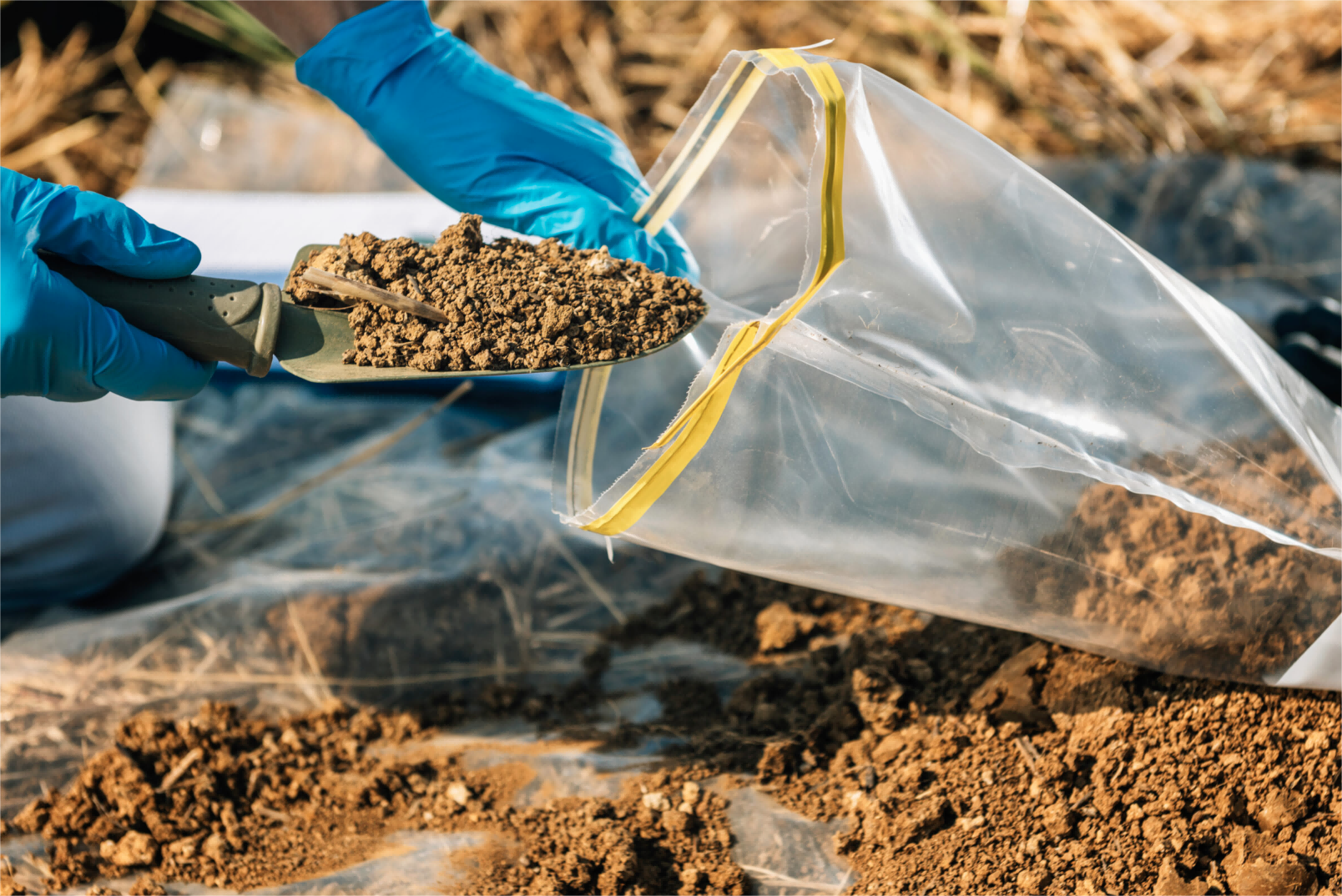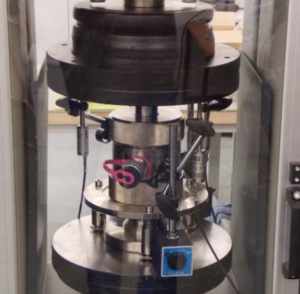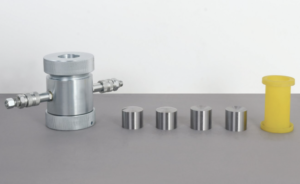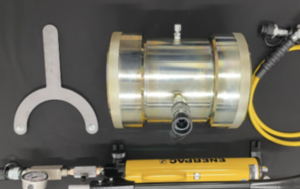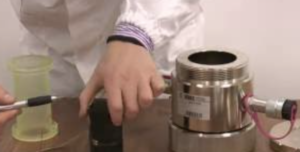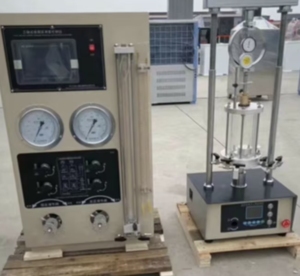What Instrument Is Used for Soil Testing?
Assessing soil properties is crucial for various fields like geotechnical engineering, agriculture, and environmental science. By using the right instruments, professionals can accurately measure parameters like soil strength, moisture content, and nutrient levels. Below is an overview of why soil testing matters, which instruments are typically used, how to choose among them, and how to maintain them for dependable results.
Understanding the Importance of Soil Testing
Soil testing underpins a wide range of decisions about land use and construction:
- Structural Safety: Determines load-bearing capacity and compaction levels, preventing foundation or slope failures.
- Crop Yield Optimization: Ensures appropriate fertilizer usage and pH balance for healthy plant growth.
- Pollution Monitoring: Identifies potential contaminants and verifies the success of remediation efforts.
By revealing soil’s mechanical and chemical1 characteristics, soil testing supports more reliable and cost-effective2 project outcomes.
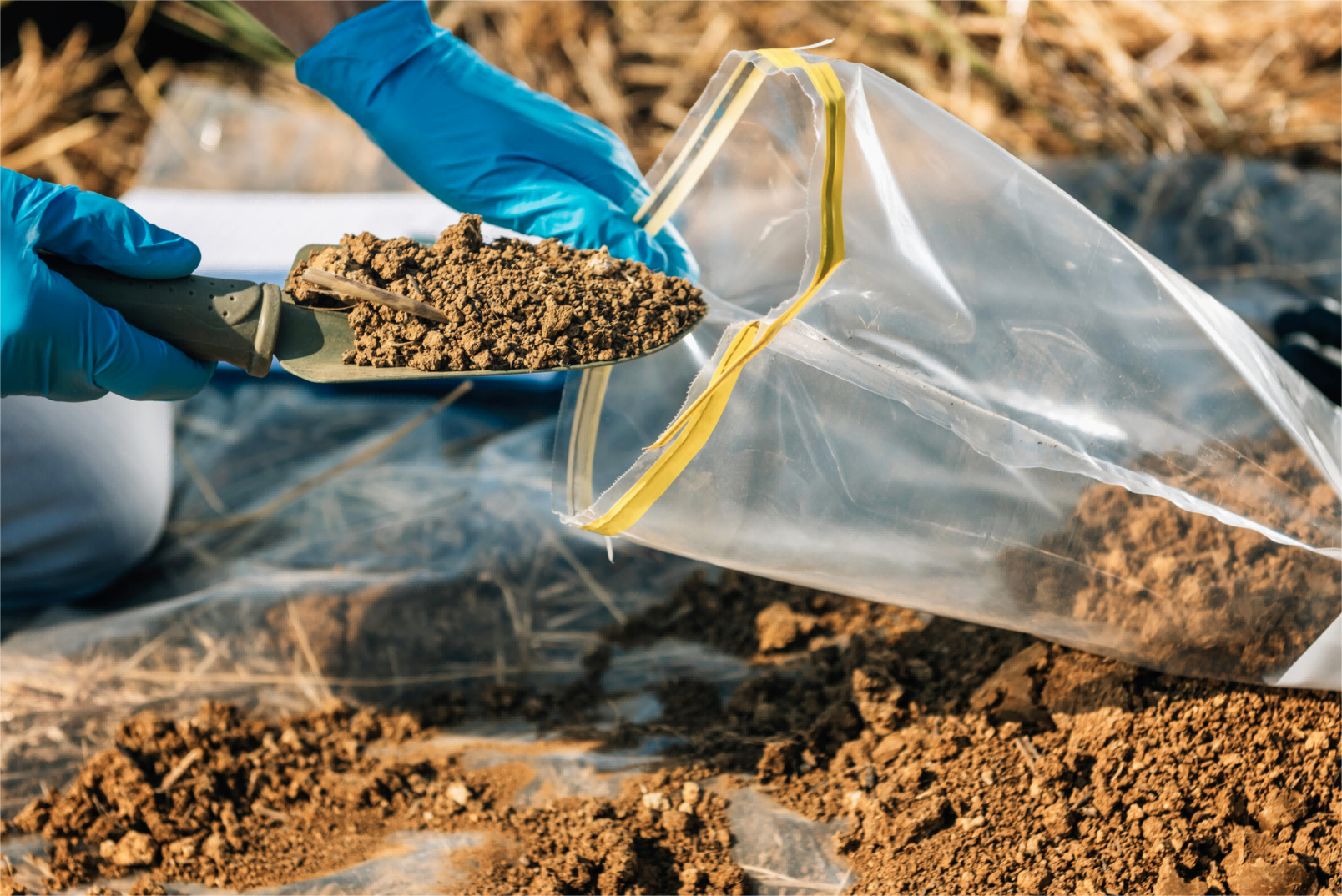
Common Instruments Used in Soil Testing
-
- Purpose: Measures the resistance of soil by driving a conical tip into the ground.
- Usage: Rapid field profiling of soil layers, key for foundation analysis.
-
- Purpose: Evaluates shear strength under various confining pressures.
- Usage: Critical in geotechnical labs for investigating slope stability, bearing capacity, and failure modes.
-
Proctor Compaction Mold and Hammer
- Purpose: Determines the relationship between soil moisture and compaction.
- Usage: Ensures earthwork meets required density standards in roads and embankments.
-
pH and EC Meters
- Purpose: Measure acidity (pH) and electrical conductivity (EC) to assess salinity.
- Usage: Guides fertilizer strategy and monitors soil health for crops or reclamation sites.
-
Sieve Shaker and Hydrometer
- Purpose: Classifies soil particles by size distribution (sand, silt, clay).
- Usage: Establishes drainage characteristics and aids in soil classification for construction or agricultural planning.
-
Nutrient Test Kits
- Purpose: Quickly quantify nitrogen, phosphorus, and potassium (NPK) levels.
- Usage: Helps optimize fertilizer applications to enhance crop yields.
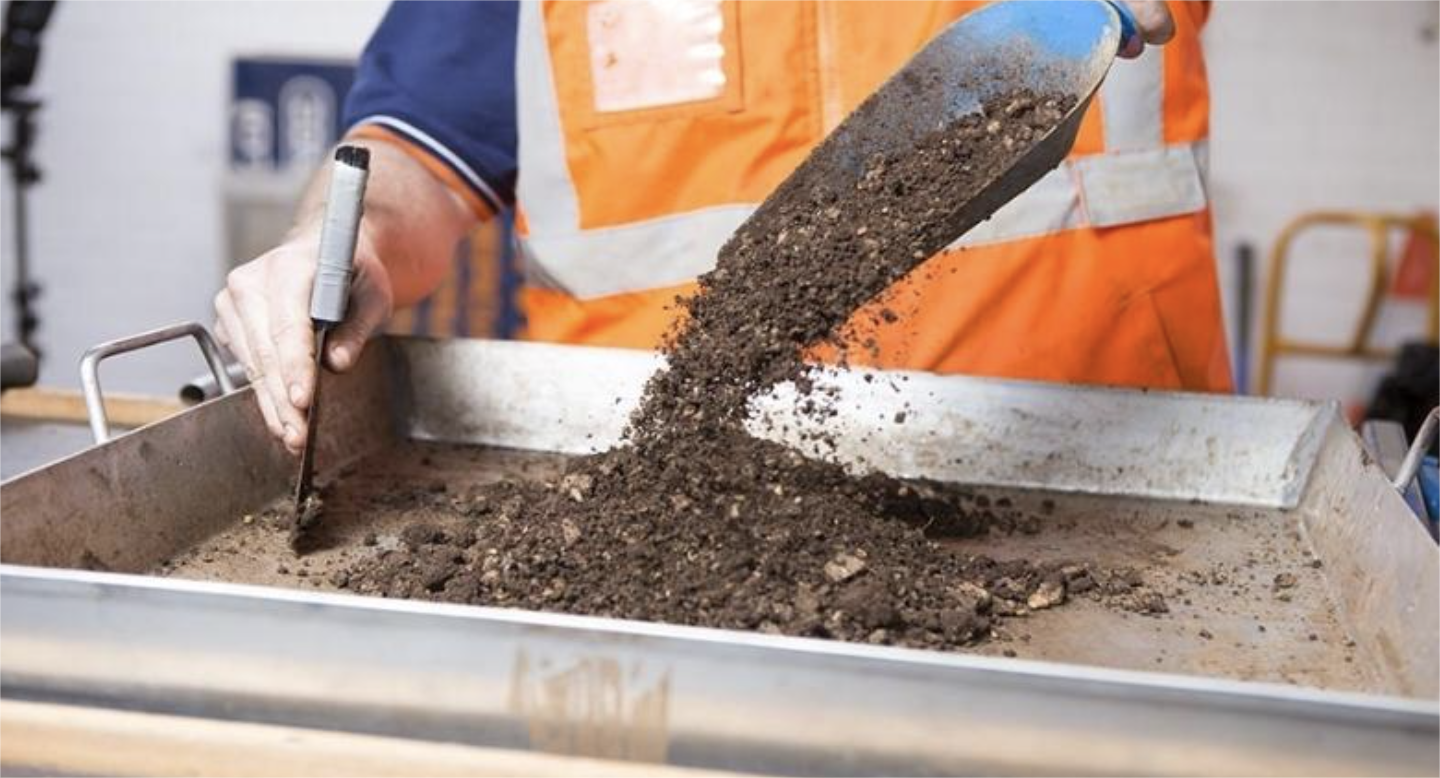
Choosing the Right Instrument for Your Needs
Selecting an instrument depends on project goals, soil type, and budget:
-
Field vs. Laboratory Requirements
- Field Equipment: Offers faster, on-site data collection but with potentially lower resolution.
- Lab Apparatus: Provides detailed analysis, though sample transportation and preparation are required.
-
Degree of Detail Needed
- Basic: Tools like pH meters or Penetrometers suffice for quick assessments.
- Advanced: Complex devices like Triaxial testers5 may be necessary for in-depth geotechnical or structural design data.
-
Short-Term vs. Long-Term
- Short-Term Projects: Might rely on simpler instruments or external labs for occasional tests.
- Long-Term Monitoring: Benefits from purchasing robust devices and data logging systems6 for repeated measurements.
-
Skill Level
- Ensure users or technicians have the training to operate specialized equipment properly.
- Complex tests may require certification or laboratory accreditation.
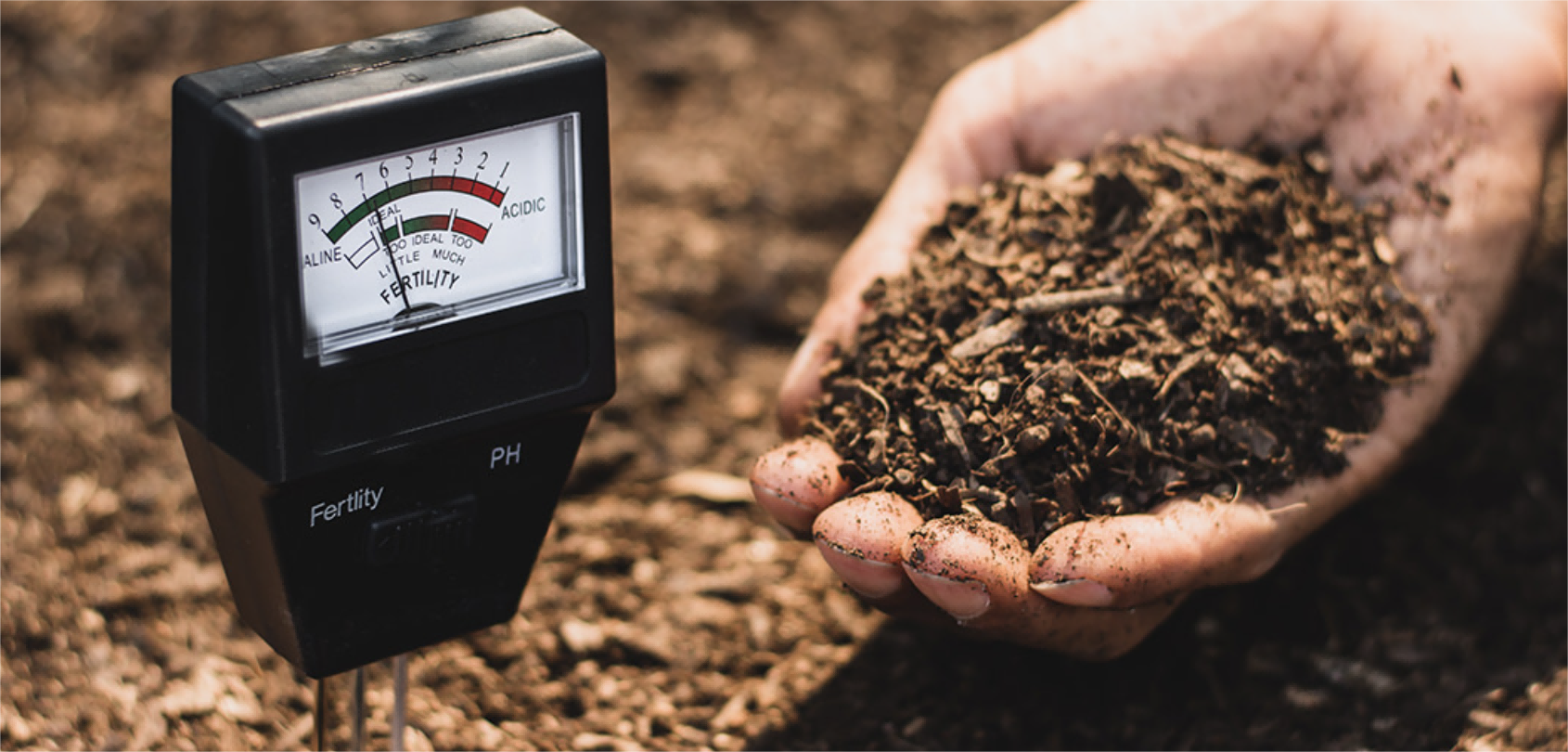
Maintenance and Calibration Best Practices
-
Scheduled Calibration
- Calibrate instruments regularly against known standards (e.g., known load cells, pH buffer solutions).
- Document calibration results to trace instrument performance over time.
-
Proper Cleaning and Storage
- Immediately remove any residual soil or chemical deposits after testing.
- Store devices in dry, stable conditions7 to minimize wear and corrosion.
-
- Check for worn-out or damaged parts—like cone penetrometer tips or sieve screens—and replace as needed.
- Address erratic readings by verifying connections and reviewing user technique.
-
Accurate Record-Keeping
- Maintain a dedicated logbook or digital record of maintenance activities, repairs, and calibration dates.
- Consistent record-keeping helps identify trends and ensures reliability in project documentation.

Conclusion
Using appropriate instruments and keeping them well-maintained is essential for accurate and reliable soil testing results. Whether you’re investigating foundation stability, optimizing crop production, or monitoring contamination, selecting the correct tool—paired with proper calibration and handling—enables more informed decision-making. By investing in quality equipment, regular maintenance, and thorough training, organizations can ensure that every soil test provides clear, actionable insights for safer, more efficient, and cost-effective projects.
-
Understanding these properties is crucial for effective soil testing and land use decisions, ensuring optimal project outcomes. ↩
-
Exploring this topic can provide insights into how soil testing minimizes risks and costs in construction and agriculture. ↩
-
Explore this link to understand how Cone Penetrometers are essential for accurate soil resistance measurement and foundation analysis. ↩
-
Learn about the Triaxial Testing Apparatus and its critical role in assessing slope stability and bearing capacity in geotechnical engineering. ↩
-
Discover the importance of Triaxial testers in geotechnical engineering, providing insights into their applications and benefits for detailed analysis. ↩
-
Learn about advanced data logging systems that enhance long-term monitoring, ensuring precise and consistent data collection over time. ↩
-
Storing instruments properly prevents damage and extends their lifespan, which is essential for maintaining accuracy in measurements. ↩
-
Routine inspections help identify issues early, ensuring instruments function correctly and reducing costly repairs or replacements. ↩

